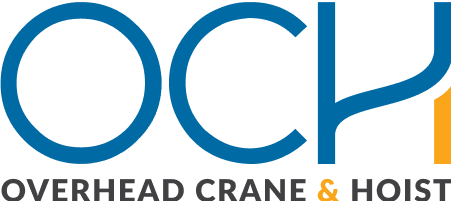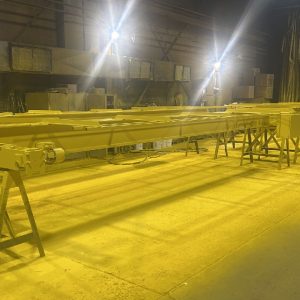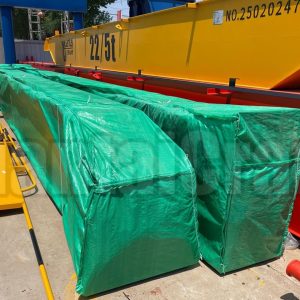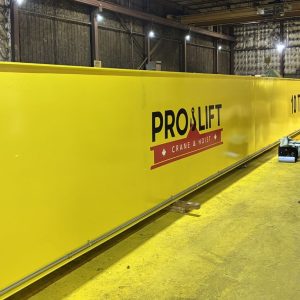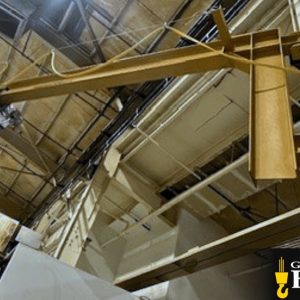CMAA Technical Specifications and Standards
CMAA Specification 70: Specifications for Top Running Bridge & Gantry Type Multiple Girder Electric Overhead Traveling Cranes
Information contained in CMAA Spec 70 helps both purchasers and users of cranes, as well as members of the engineering and architectural professions. While much of its information is of a general nature, the items listed may be checked with individual manufacturers. Comparisons of different systems can occur based on those details, leading to the selection of the optimal equipment for a given application. The latest version of this publication incorporates new technical standards. Further, it features a revision of the hoisting ropes section to include consideration of additional rope constructions. Likewise, the document features a new keys and keyways section to address allowable stresses, as well as significant additional information about drum design.
CMAA Specification 74: Specifications for Top Running & Under Running Single Girder Electric Traveling Cranes Utilizing Under Running Trolley Hoist
Promoting standardization, CMAA Spec 74 provides a basis for uniform quality and performance of single girder cranes. It contains information which can be helpful for purchasers and users of cranes, as well as engineers and architects. Contents consist of seven sections: general specifications, crane service classifications, structural design, mechanical design, electrical equipment, crane inquiry data sheet, and glossary. The newest edition of this document includes updated details about electrical systems and wind restraints.
CMAA Specification 78: Standards and Guidelines for Professional Services Performed on Overhead and Traveling Cranes and Associated Hoisting Equipment
CMAA Spec 78 recognizes overhead traveling crane service — and the service of associated hoisting equipment — as an industry worthy of having guidelines and standards. This document provides details about providing high-quality, professional services performed by safety-minded, manufacturer-trained, and certified technicians. The intention behind CMAA Spec 78 is to set higher performance standards and raise customer expectations related to the service of overhead traveling cranes and associated hoisting equipment. Included are details about how to properly perform a load test that verifies a specific crane or hoist will safely perform its functions while supporting a load equal to its rated capacity. The publication also explains pre-operational checks and periodic inspection requirements.
CMAA Specification 79: Crane Operator’s Manual
This 32-page manual details why the operation of an overhead or gantry crane involves more than manipulating the system controls. Instead, only qualified, authorized personnel should be permitted to operate these systems. The operator must consider and anticipate the motions and actions that will occur as a result of operating the controls. Additionally, crane operators should receive both classroom and hands-on training on crane operation principles and methods. These include rigging, hand signals, starting and stopping, controlling loads, and more. CMAA Spec 79 also lists qualifications required to be a crane operator, as well as “shall and shall nots” for operators. The document also includes a list of recommended safety best practices.
CMAA Specification 80: Below-the-Hook Lifting Device Operator’s Manual
CMAA Spec 80 should be used in conjunction with the operating instructions and maintenance manuals provided by the manufacturers of the equipment. It incorporates clear definitions of safety alert symbols and placards, such as those indicating “danger,” “warning,” “caution,” and “notice.” CMAA Spec 80 also illustrates the most commonly used below-the-hook lifting devices. These attachments interface between a specific load type and the hoist and overhead crane that will lift, transport, and position it. Depicted are structural lifters and mechanical lifters.
